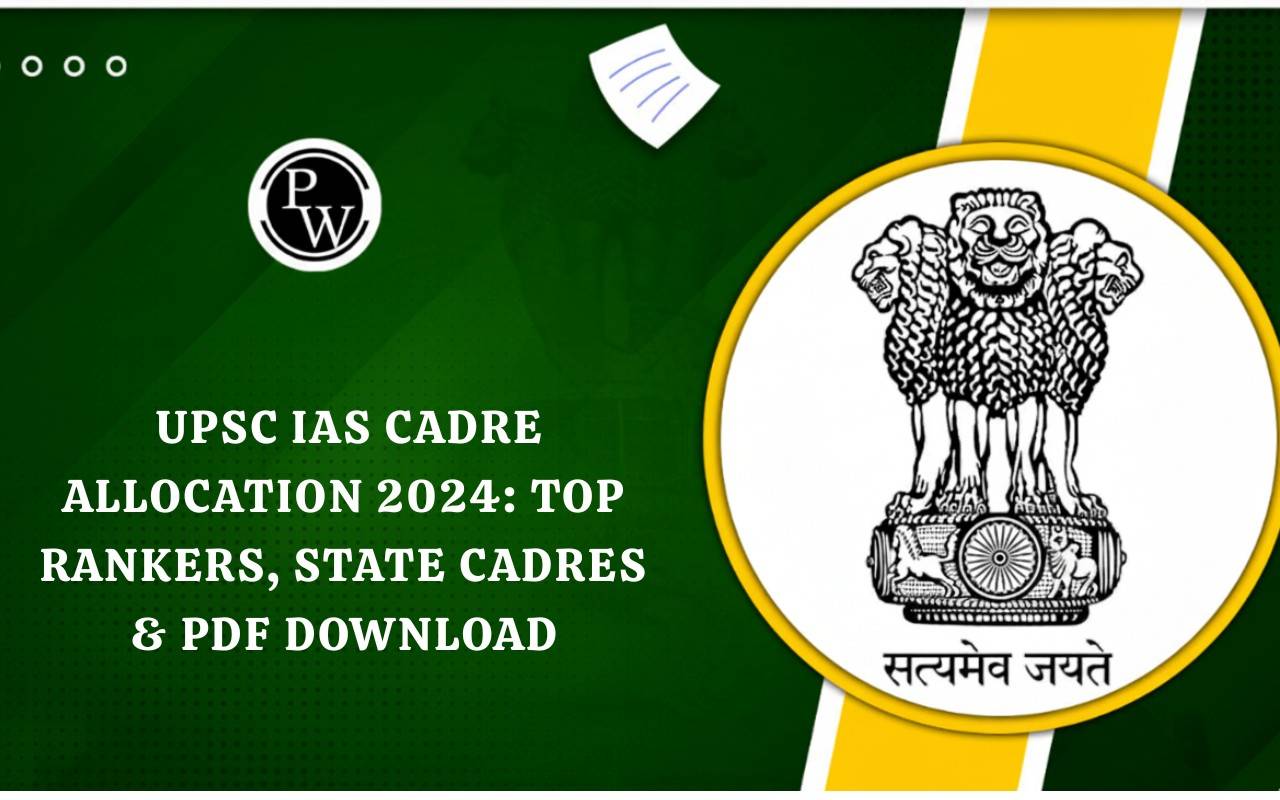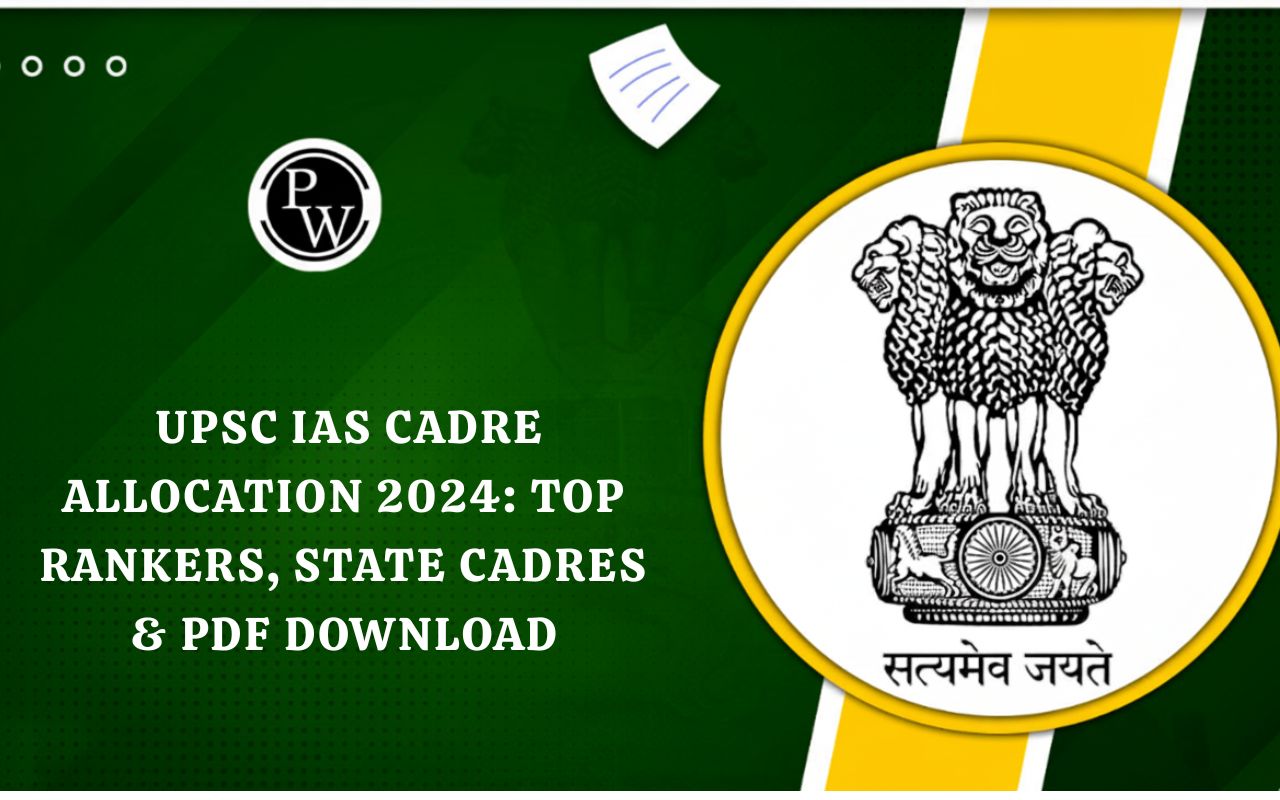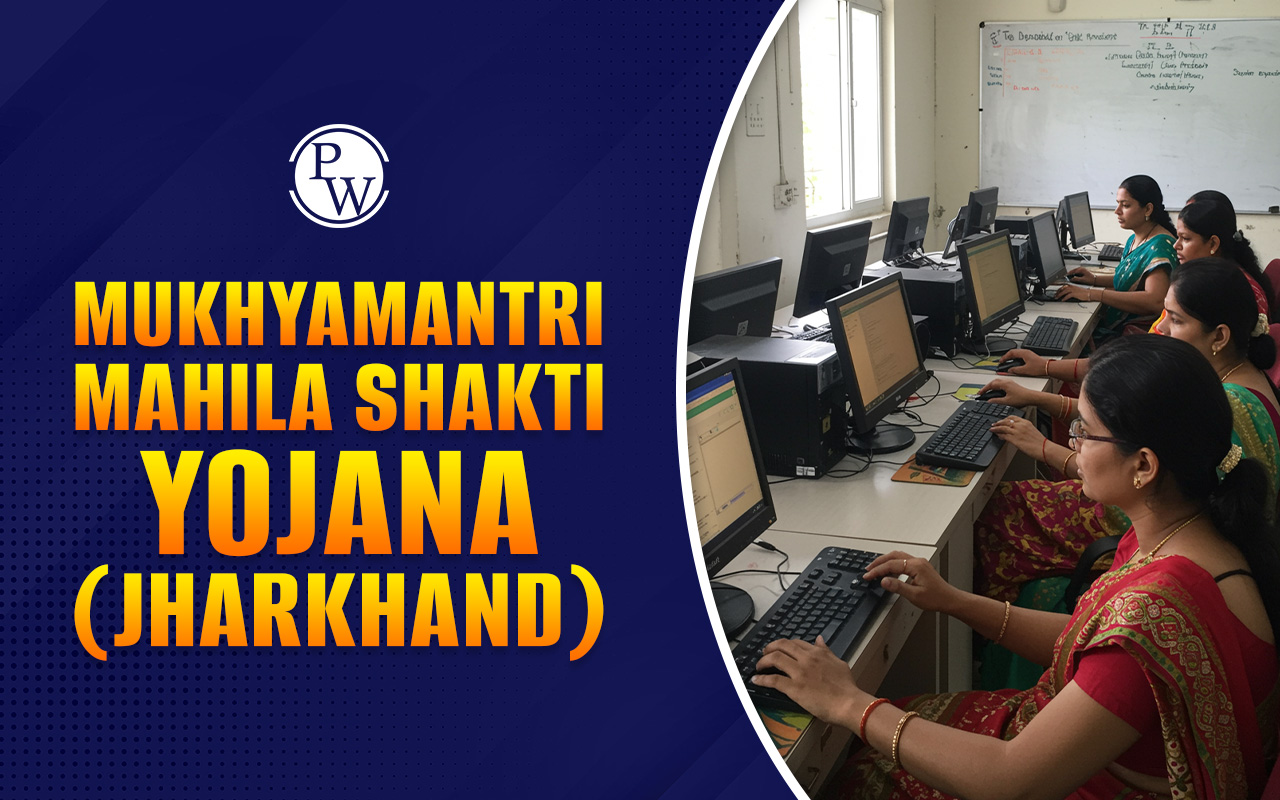
Circular Economy is an innovative economic model that emphasizes sustainability by reducing waste, reusing resources, and recycling materials.
Unlike the traditional linear economy of “take, make, dispose,” it focuses on extending the life of products, minimizing environmental impact, and restoring natural systems. By promoting efficient resource use and responsible consumption, the Circular Economy supports both economic growth and environmental conservation.
What is a Circular Economy?
The Circular Economy is an economic system designed to eliminate waste and pollution by keeping products, components, and materials in continuous use for as long as possible. It is an industrial system that is restorative or regenerative by intention and design.
This model seeks to decouple economic activity from the consumption of finite resources, addressing major global challenges like climate change, biodiversity loss, and pollution simultaneously.
The transition to a Circular Economy in India is estimated to generate an annual market value of US$218 billion by 2030 and could generate $2 trillion in market value overall.
Circular Economy vs. Linear Economy
The Circular Economy is best understood by contrasting it with the prevailing system, the Linear Economy.
|
Circular Economy vs. Linear Economy |
||
|
Feature |
Linear Economy (Take-Make-Dispose) |
Circular Economy (Reduce-Reuse-Recycle) |
|
Model |
Open-ended: Resources are consumed and eventually discarded as waste. |
Closed-loop: Products and materials are kept in circulation for extended periods. |
|
Resource Dependency |
Relies heavily on finite virgin natural resources. |
Reduces dependency on raw materials through reuse and remanufacturing. |
|
Waste Management |
Generates massive waste and relies on landfills for disposal. |
Aims to eliminate waste and pollution by design, treating waste as a resource. |
|
Goal |
Maximizing production and consumption regardless of environmental cost. |
Maintaining the value of products and materials for as long as possible. |
Principles of Circular Economy
The framework of a Circular Economy is built on three core principles, often expanded upon to include multiple ‘R’s (Reduce, Reuse, Recycle, Repair, etc.) that guide a regenerative system.
1. Design Out Waste and Pollution
This principle involves designing products and systems to ensure that waste is never created in the first place. It means moving beyond just managing waste after it is created and instead using smarter design and production techniques. Harmful substances are controlled or eliminated to protect human and environmental health.
2. Keep Products and Materials in Use
This focuses on maximizing the lifespan of products and materials. This is where the various 'R's come into play:
-
Reduce: Minimizing consumption and resource use.
-
Reuse: Using a product again for the same or a different purpose.
-
Repair: Fixing broken products to extend their life.
-
Refurbish/Remanufacture: Restoring an old product to a 'like new' condition.
-
Recycle: Processing materials at the end of their life to recover valuable resources for continuous use.
3. Regenerate Natural Systems
This involves avoiding the use of fossil fuels and non-renewable energy, instead transitioning to renewable energy sources. It also promotes practices like returning valuable nutrients to the soil (e.g., through composting) and restoring biodiversity, effectively giving back to living systems.
Benefits of the Circular Economy
The widespread adoption of a Circular Economy offers comprehensive benefits across economic, environmental, and social dimensions.
Economic Benefits
-
Job Creation: New industries like repair, remanufacturing, waste management, and bio-economy can create millions of jobs. For instance, e-waste recycling in India is projected to generate 500,000 jobs by 2030.
-
Resource Efficiency and Cost Reduction: By reusing and refurbishing products, companies reduce their dependency on expensive, fluctuating raw material markets. This cuts production costs and enhances competitiveness.
-
Boost to Startups and MSMEs: The model encourages entrepreneurship in waste-to-wealth sectors, supporting micro, small, and medium enterprises (MSMEs) in developing bio-based products and sustainable textiles.
Environmental Benefits
-
Conservation of Resources: Extending product life cycles significantly reduces the need for the extraction of virgin materials, conserving natural resources.
-
Waste Minimization and Pollution Control: The model drastically cuts down waste generation and reduces landfill dependence. It also controls pollution by minimizing emissions from industrial production and transportation.
-
Lower Carbon Emissions: Circular strategies, such as recycling and remanufacturing, could cut global greenhouse gas emissions significantly.
Social Benefits
-
Improved Public Health: Protecting human and environmental health is a priority. This includes strictly controlling or eliminating harmful substances and avoiding unsafe practices like burning e-waste.
-
Consumer Empowerment: Providing consumers with access to quality repair services and recycled products offers more sustainable consumption choices.
Challenges in Achieving a Circular Economy
Despite its immense potential, transitioning to a Circular Economy faces several significant hurdles:
-
Industry Reluctance: Many industries are reluctant to adopt the model due to complex recycling processes, limitations in the supply chain, and a lack of clear incentives for investment.
-
Financial and Investment Barriers: The initial costs for setting up circular infrastructure (like advanced recycling plants) can be high. Furthermore, existing accounting methods are often unsuitable for valuing circular materials or services.
-
Consumer Habits and Mindset: Traditional consumer behavior favors convenience and new products (the linear model). Changing deeply ingrained habits and overcoming material contamination in the waste stream remain major social challenges.
-
Lack of Legislative Mandates: In the absence of binding legislative mandates for the procurement of secondary (recycled) raw materials, businesses lack the impetus to change their fundamental production cycles.
India's Shift Towards a Circular Economy
India's push for a Circular Economy is an essential part of its commitment to sustainable growth, aligning with Mission LiFE and the Sustainable Development Goals (SDGs).
Policy and Regulatory Framework
The government has formulated several rules in sync with the Circular Economy principles:
-
e-Waste Management Rules (2022): These rules mandate electronics manufacturers to recycle a significant percentage of e-waste.
-
Plastic Waste Management Rules (2022): These rules ban single-use plastics and promote the Extended Producer Responsibility (EPR) framework.
-
Battery Waste Management Rules (2022): These rules set out target disposal standards and enable transactions for EPR certificates.
Government Focus and Action Plans
-
Budgetary Recognition: The Union Budget has recognized the importance of sustainable growth, formulating action plans across at least 10 sectors, including lithium-ion batteries, end-of-life vehicles (scrap metal), and municipal solid waste.
-
Waste-to-Wealth Missions: Initiatives like the Waste to Wealth Mission under Swachh Bharat promote innovative circular models.
-
Urban Case Studies: Cities like Hyderabad have implemented successful municipal solid waste (MSW) circular models, using advanced segregation technologies, Refuse-Derived Fuel (RDF) plants, and biogas facilities.
Circular Economy FAQs
How does the Circular Economy benefit climate change mitigation?
Is the Circular Economy only about recycling?
What are the aims of the circular economy?
How does circular economy help in waste management?
What does "Extended Producer Responsibility (EPR)" mean in the context of a Circular Economy?










